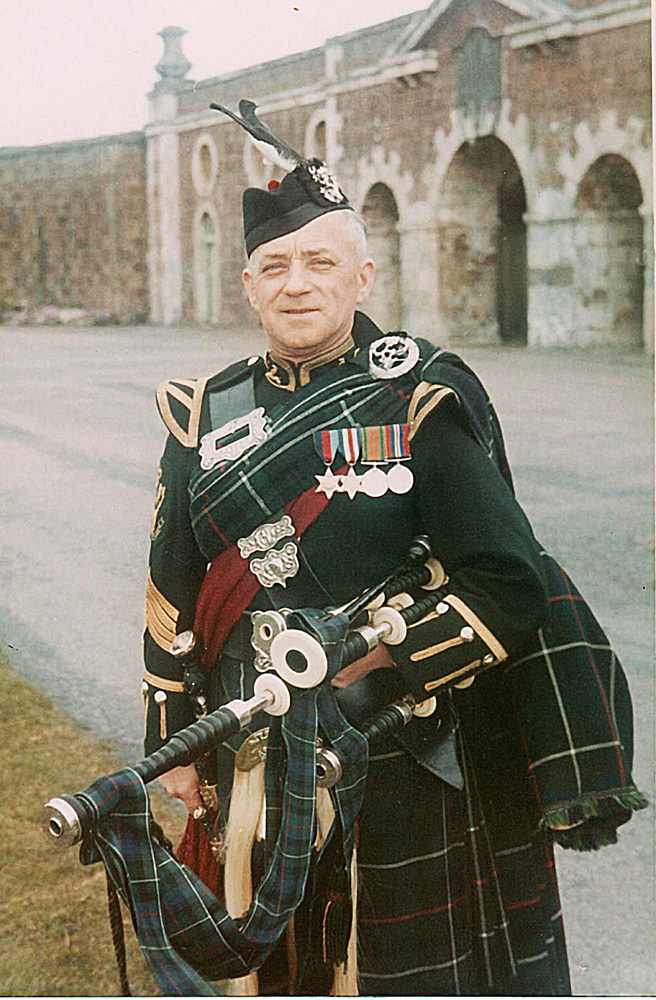FluteFling NE Tunebook Project: 10 Lochanside/ Borve Castle

Low whistle, Scottish Border pipes and flute in harmony in Sandy Bells, 2018. L-R David Hastie, Allan Sturrock and Kenny Hadden (c) Gordon Turnbull
This tenth video in the series features three tune types – a march, strathspey and reel.
For background to the project of 10 sets of tunes being recorded over 10 weeks, and to see the first video, start here. Alternatively, go straight to the videos on my Youtube channel.
You can download the free PDF of the sheet music here:
FluteFling Aberdeen 2019 NE Scotland Tunes
3/4 Retreat Marches
FluteFling NE Tunebook Project: Lochanside/ Borve Castle
This tenth video in the series features two retreat marches. These are from the FluteFling NE Tunebook of Scottish session tunes for flute and whistle and I play these on my Rudall and Rose flute in D.
Lochanside
Composed by John McLellan (1875-1949) of Dunoon on the Firth of Clyde, this three part tune has gained in session popularity in recent years.
While it has no direct NE Scotland connections, it has been included because it had become a recurring piece in the Sunday survivors’ sessions from FluteFling weekends.
This clip is from a few years ago and you may recognise some regulars (L-R: David Flett, Cathal McConnell, Martin Duckworth, Bill Black, Kenny Hadden, Sharon Creasey, Gordon Turnbull):
For some background reading on John McLellan, see this article from The Piping Press and this one from Bagpipie News. There is also a good article in English on this French bagpipe site, Cornemusique. A book of his compositions is also available.
As to Lochanside itself, The tune celebrates Loch Loskin on the Cowal peninsula and lyrics have since been added to the melody by Aberdeenshire singer Jim Malcolm. The Pipes and Drums website has a couple of articles on the tune here and here.
And here is Jim Malcolm himself singing his song to the melody:
Borve Castle

Donald MacLeod (from Hands Up for Trad website)
Written by Donald MacLeod (1916-1982), I originally taught tune at one of my monthly Edinburgh workshops in 2018 and you can read about it and find other resources for it on the blog that I wrote at the time.
Additionally, here’s a link to my recording of the tune on Soundcloud.
There are two Borve Castles, one in Sutherland and one in Benbecula. It’s the Sutherland one that gives it a NE connection, but the tune title almost certainly refers to the Benbecula one. My guess in the video that the one in question is in Lewis was close-ish — Donald MacLeod, the bagpipes composer and teacher was born in Stornoway and that was my confusion.
There’s much to admire about Donald MacLeod’s compositions and there’s a good account of his life at Hands Up for Trad.
The Bagpipe Shop in Glasgow carries his many volumes of compositions.
I’ve had it put to me that Borve Castle may be a traditional tune that Donald MacLeod arranged, something many traditional musicians have done over the centuries. The tune appears in one of his tune books and is certainly always attributed to Donald MacLeod.
It was Gàidhlig singer and flute player Catriona Patience who asked me the question a few years ago. Take a listen to this field recording of Fanny MacIsaac singing A Mhic Dhugaill ‘Ic Ruairidh. Recorded at Borve in 1962, it tells of a killing at Borve Castle and uses the same melody as our retreat march.
The melody may have been borrowed from the Donald MacLeod composition, of course. He had been playing and writing music for many years at that point. However, the recording archive notes that another version of the song sets the location in Lochaber, which creates another level of ambiguity if it predates the one in the archive.
To my mind, the authorship isn’t settled, but it’s fascinating to see the way that ideas are borrowed and respectfully used and developed within the tradition.
Catriona had responded to my previous blog on the tune when I taught it in 2018 and had been previously aware of the recording on Tobar an Dualchais. The Tobar an Dualchais/ Kist o Riches website is a vital resource and a cornerstone of the proposed Scottish Traditional Music Archive. To learn more about that, see my account of a symposium on the subject from last year.
Ten weeks of videos
Over a 10 week or so period, I have been recording and uploading to YouTube a set of tunes from the PDF roughly once a week. The aim is to introduce the tunes, point out some techniques along the way and then play them as a set as I might play them in a session.
As I go along, I’ll take in suggestions to improve the sound and presentation and get back into the way of teaching again. There is an in-built slow down function in YouTube and the PDF is available to everyone, so why not join me on the journey?

